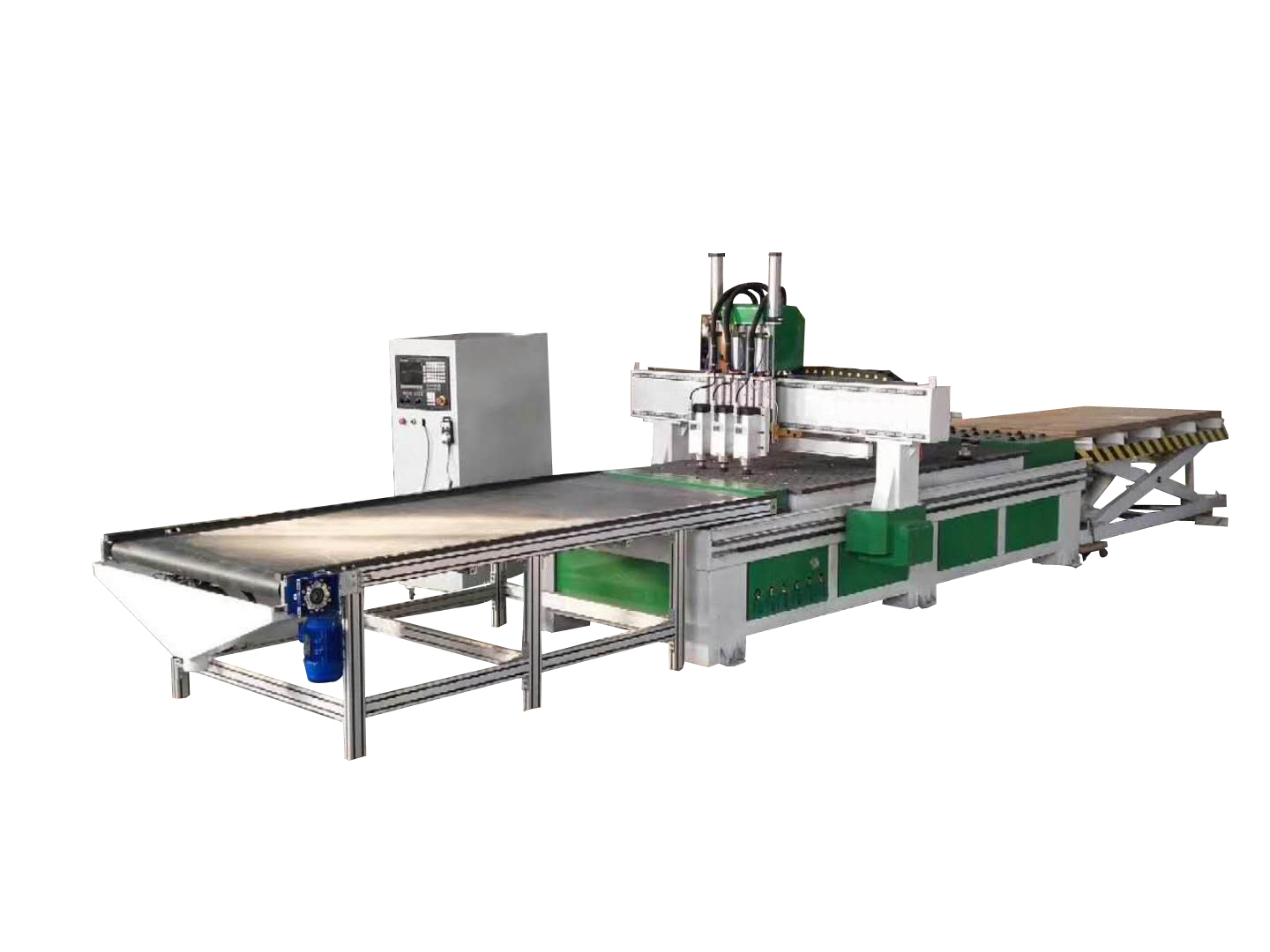GUANDIAO

1、 Basis for selecting milling cutters
1. Properties of the material being cut: The object of wood cutting is solid wood and wood composite materials. Solid wood can be divided into soft wood, hard wood, and modified wood, etc; Wooden composite materials include laminated veneer lumber, plywood, particleboard, oriented particleboard, large particleboard, gypsum particleboard, cement particleboard, hard fiberboard, medium density fiberboard, high-density fiberboard, blockboard, plywood, etc. Some wood or wood composite material workpieces also need to be decorated with single-sided or double-sided veneers.
2. Cutting direction: When cutting solid wood, wood cutting is divided into longitudinal, transverse, end and longitudinal end cutting, longitudinal and transverse cutting, and transverse end cutting based on the direction of the blade relative to the wood fibers.
3. Tool rotation direction and feed direction: Determine the inclination direction of the cutting edge on the tool based on the rotation direction of the machine tool tool axis and the feed direction of the wood workpiece.
4. Stability of cutting tools and workpieces: The stability of cutting tools and workpieces during the cutting process includes several aspects. The stability of workpieces refers to the stable feed of wood workpieces during cutting without jumping. The measures taken to strengthen the stability of the workpiece mainly include reducing the center of gravity of the workpiece and increasing the contact area.
5. Surface quality requirements for processing: The surface quality of wood workpieces includes surface roughness, geometric dimensions, and shape and position accuracy.
2、 Selection of woodworking milling cutters
1. Determine the main technical parameters of the milling cutter: tool outer diameter, machining thickness, center hole diameter, and other technical parameters: number of teeth, rotation direction, rotation speed, feed rate, clamping method, and tooth material.
2. Choose the structural form of the milling cutter: Based on the properties and requirements of the cutting object, comprehensively consider the selection of the integral milling cutter, welding integral milling cutter, assembly milling cutter, and combination milling cutter from both technical and economic aspects.
3. Selection of milling cutter rotation direction: The milling cutter rotation direction is determined based on the rotation direction of the machining machinery spindle and the relative position of the tool axis and the feed workpiece. Whether it is a complete milling cutter or an assembly milling cutter, the inclination angle of the cutting edge relative to the milling cutter radius determines the milling cutter rotation direction.
4. Selection of milling cutter cutting amount: The cutting amount of the milling cutter includes the cutting speed of the milling cutter, the feed rate of the workpiece, and the milling depth. The cutting speed of the milling cutter depends on the milling cutter speed and the radius of the milling cutter. The feed rate of the workpiece depends on the requirements for the surface quality of the cutting process. The surface roughness of the workpiece being cut largely depends on the feed rate per tooth of the milling cutter during the cutting process. If the feed rate per tooth is too large, the machining surface will be too rough, and if the feed rate per tooth is too small, the machining surface will experience burning phenomenon. Therefore, the feed rate per tooth of the milling cutter must be appropriate.
5. Stability of milling cutter operation: The stability of milling cutter operation is the basis for ensuring machining accuracy and surface quality. This includes two aspects: firstly, the milling cutter generates vibration during cutting due to external force excitation; The second is that the milling cutter undergoes deformation under the action of external forces.
6. Safety of milling cutter processing: The safety of milling cutter processing includes limitations on milling cutter rotation speed, chip thickness, formed milling cutter profile height, and assembled milling cutter blade thickness and extension.
The characteristic of wood cutting is high-speed cutting, and the rotation speed of the milling cutter is mostly above 3000rpm. High speed cutting brings high production efficiency and smooth surface quality to wood cutting. At the same time, it also brings a series of safety issues. Therefore, when the spindle speed of the milling machine reaches 9000rpm, except for the shank milling cutter with a tool size less than 16mm, the use of assembled milling cutters should be prohibited, and strict non-destructive testing should be carried out on the welds of the welded integral milling cutter. The limitation of chip thickness is a necessary measure to ensure that the excessive feed rate of the milling cutter can cause serious overload of the milling cutter.
For formed milling cutters, the height value of the formed profile is closely related to the clamping method of the milling cutter, the thickness of the cutting workpiece, and the diameter of the milling cutter. After determining the thickness of the cutting workpiece, the diameter of the milling cutter, and the center aperture, the height of the milling cutter profile reflects the strength and stiffness of the milling cutter itself, as well as its ability to withstand cutting resistance. Therefore, there must be restrictions on the height of the profile to ensure the safety of the milling cutter during use. When designing the assembled milling cutter body, it is necessary to consider the clamping problem of the blade. Whether it is a cylindrical or circular cutter body, the clamping form of the blade must ensure that it can provide sufficient clamping force to resist the rotational centrifugal force.
Spindle motor
Copyright © 2024 Shandong Guandiao CNC Equipment Co., Ltd. . | All Rights Reserved Technical support:Xintuweb